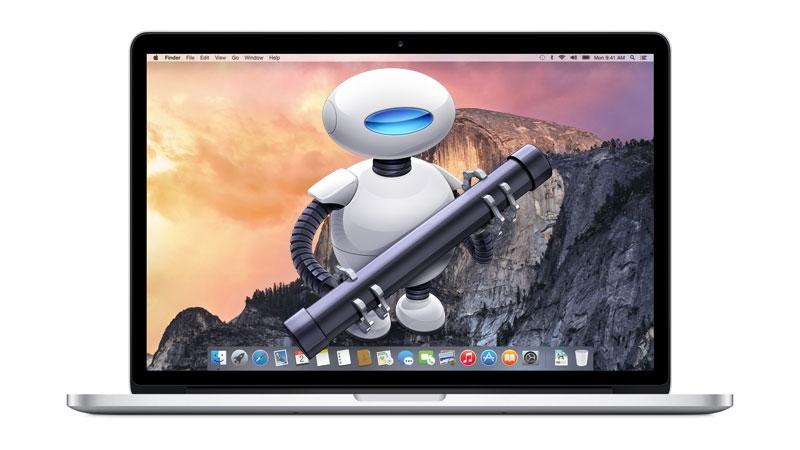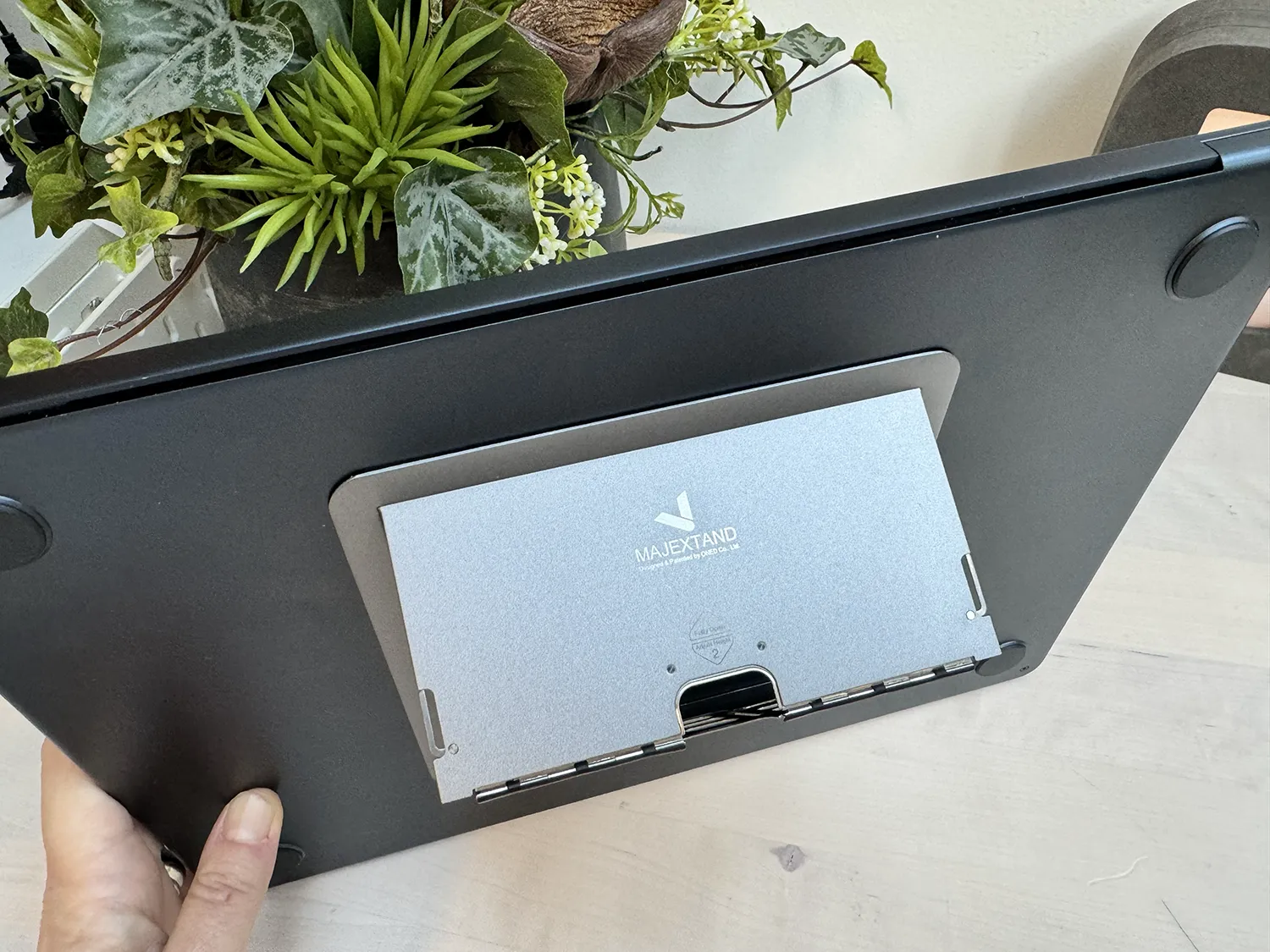Smart TVs have changed the way we watch television forever. Although they still have the same old functions for watching DTT channels, you can also access series and films from Netflix, Prime Video and SkyShowtime and much more. But that’s no use if the sound quality isn’t optimal. For this reason, we’ll tell you about some settings for your smart TV that can help you.
Smart TVs come with some settings enabled or disabled by default that are not necessarily the best for enjoying a 10/10 acoustic experience. However, it is something that television manufacturers usually pay attention to. Although image resolution is the most essential thing for them, more and more manufacturers also prioritize sound. Therefore, most smart TVs will have the settings that we will talk about below.
Equalizer settings
Modern TVs typically come with an equalizer so that discerning audiophiles can change how audio content sounds on their screens. This is usually a feature that is disabled and most people prefer the TV to decide how dialogue, music and sound effects sound. But this tool can be essential if you’re looking to optimize how your TV sounds.
The equalizer allows you to boost mid and high frequencies so that dialogues sound clearer. Human voices normally move around these frequencies, so adjusting them will help you better understand what the characters in your favorite series are saying. Remember to reduce low frequencies as well.

Dialogue mode
Not all Smart TVs have a dialogue mode or voice mode, but more and more brands are implementing this feature in their models. This feature is designed for the same thing that you might want to change the equalizer settings for: people’s dialogues.
By activating dialogue mode, you will hear voices more clearly and above sound effects or background music. This feature is usually found in the sound section of the TV settings. Try activating it and notice the difference.
The intelligent sound
Just like the previous dialogue mode feature, not all TVs have smart sound. But there are manufacturers that opt for this type of technology and their Smart TVs can do an impressive job with audio quality.
By activating intelligent sound, also known as adaptive sound, televisions automatically adjust the audio output. This way, voices are heard more clearly in series, films or programmes.
Volume and balance settings
Another thing you can try is the volume and balance settings. These are usually set correctly by default, but you may have accidentally touched them and have sound problems on your TV as a result.
Go into the balance and volume settings on your Smart TV and check if the sound is well balanced. The volume of dialogues or voices should be louder than other sound effects.

A sound calibration
Not all smart TVs allow custom sound calibration, but some do have this option. Check if your model has this feature and, if it does, take advantage of it to optimize the audio.
A calibration is used to adapt the sound to the room in which the television is located. In other words, to a specific environment. By performing a sound calibration of the Smart TV on site, you can also improve the clarity of the dialogues.
External sound system
If your TV doesn’t have the settings we’ve mentioned or they don’t quite fit the sound quality you want, you can turn to an external speaker. Even though companies equip their Smart TVs with good quality speakers, they’re not enough compared to sound bars or other devices.
This is a guaranteed solution to your audio quality problems. However, you should know that better sound bars or speakers usually cost more money. Therefore, we recommend that you try everything we have explained in this article first. If nothing convinces you, it will be time to try a quality external sound system.















